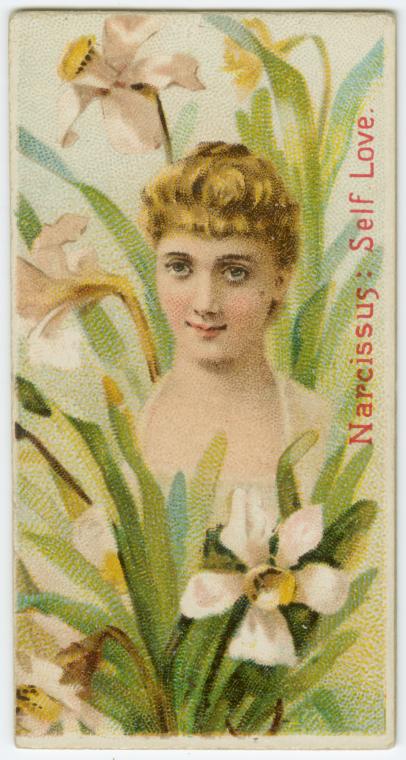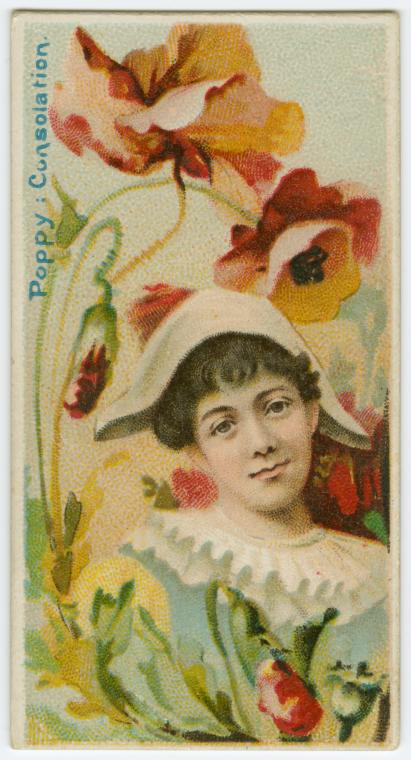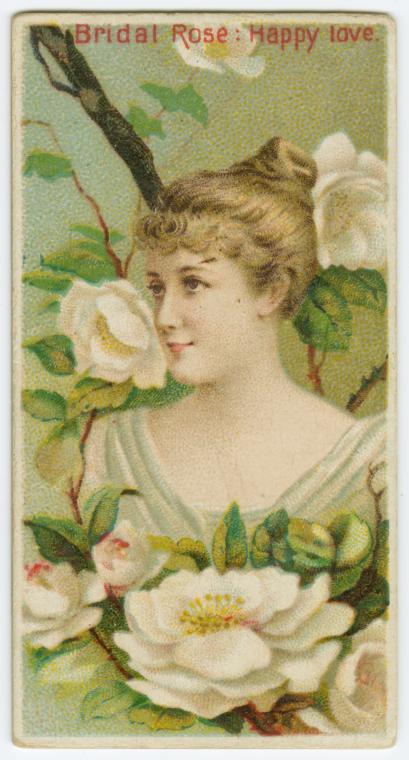The Language of Flowers
Shoofly columnist Martha Whitney Butler takes a #tbt to #tve (the Victorian era) to translate the language of flowers.
Floriography, as it is formally known, was practiced most famously during the Victorian era as a way for lovers to convey cryptic messages to one another. Often times these messages were skewed and wrought with folly, but if the sender took the time and care to pronounce the "words" correctly, they could be translated quite accurately.
When the sender selected a bouquet, he or she would carefully select each flower based on its meaning. Several flowers could create an elaborate display of affection, but one wrong bud could send the recipient flailing into a pit of despair. Some even used it to schedule a secret rendezvous right under a watchful guardian's nose. It quickly became the language of young lovers engaged in whirlwind Romeo and Juliet romances. In this era of etiquette, it was considered impolite to express emotions in public. One could not peacock themselves on Facebook and express their joy or disdain, so they expressed themselves with poetry, romantic literature, and flowers. Real flowers - not to be confused with flower emojis. They actually gave each other flowers. Allow me to translate: ❤️= flowers ☺️= flowers ?= flowers
When I design flowers for weddings and daily arrangements, I am often cognizant of the flowers I am using and the stigmas attached to them. For example, you wouldn't want to send your mother a bouquet of red roses because they denote passion - gross. When I create a bridal flower crown, I often use myrtle as the base because it symbolizes a happy marriage.
Besides reading into the meaning of each flower, there was a whole set of etiquette that applied to the hand off. Handing over a bouquet with the right hand would denote a "yes" response, while handing it over with the left hand would mean "no". For example, if a lady received a bouquet, plucked a bloom and handed it to the gentleman with the right hand, she was accepting his token of affection. Handing the bloom over with the left would mean rejection. Remember, the Victorian period was exceptionally rigid when it came to social graces. To reject someone in a subtle manner such as this was the polite thing to do. A form of this is still employed today: "swipe right" when you like someone and "swipe left" to make them go away on dating apps like Tinder. Some things never go out of fashion... Subtle rejection is one of them.
If you look up each flower, you will see like in any language, the translations vary. However, if you're lucky enough to find an antique copy of The Language of Flowers, scoop it up! Several of these texts were created in pocket-sized versions so that they could be produced on the spot. Equate it to the Pokémon Go craze of our era - it was THE thing to do!
I do caution people to not look into it too much, but it was a fun pastime in the old days to receive a tussie-mussie and scurry to your flower dictionary to interpret a meaning that may (or may not) lie within the blooms. Can you just imagine some poor gent handing over a freshly-plucked hydrangea (heartlessness) to his fair lady? Oh, the humanity! Below you will find MY TAKE of a few favorite flowers that are readily available this Valentine's season and their meanings. For a more comprehensive (and true) guide, check out the Old Farmer's Almanac.
Ranunculus - "I don't know what this flower is called, but the florist said you would love them."
Roses (gas station variety)- "I bought you this rose and a pack of Camels too!" or "I bought you this rose so I could use the glass tube it came in for a chemistry experiment." Roses (grocery store)- "I forgot the milk, but grabbed these tie-dyed roses on my way out in an effort to appease you." Roses (florist)- "I thought about you in advance and wanted you to know how much I love you." Comments are closed.
|
Categories
All
Archives
July 2024
|
Shoofly Magazine Partners
Our Shoofly Partners are local businesses and organizations who share our mission to enrich community life in Bay St. Louis, Waveland, Diamondhead and Pass Christian. These are limited in number to maximize visibility. Email us now to become a Shoofly Partner!




































 RSS Feed
RSS Feed























